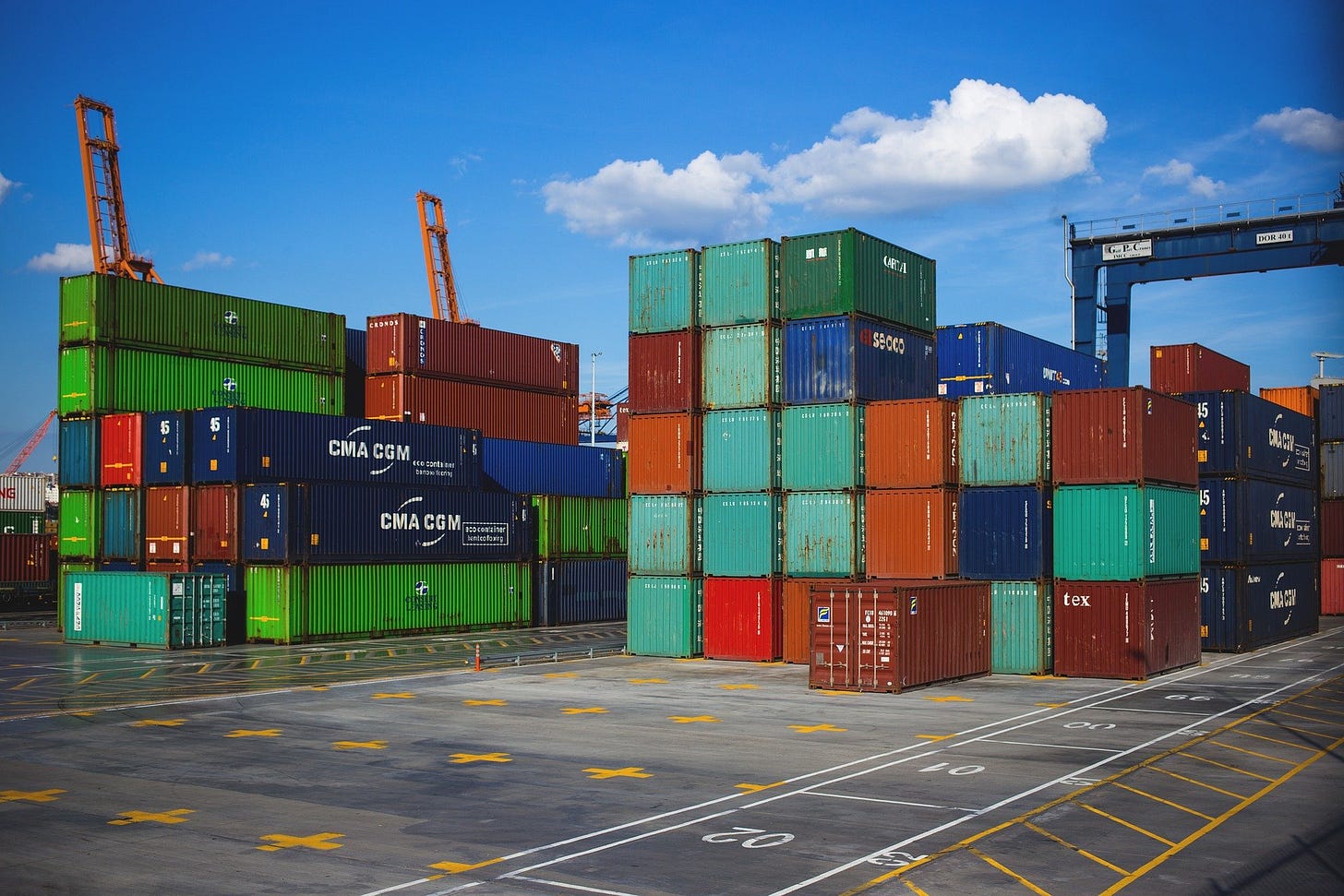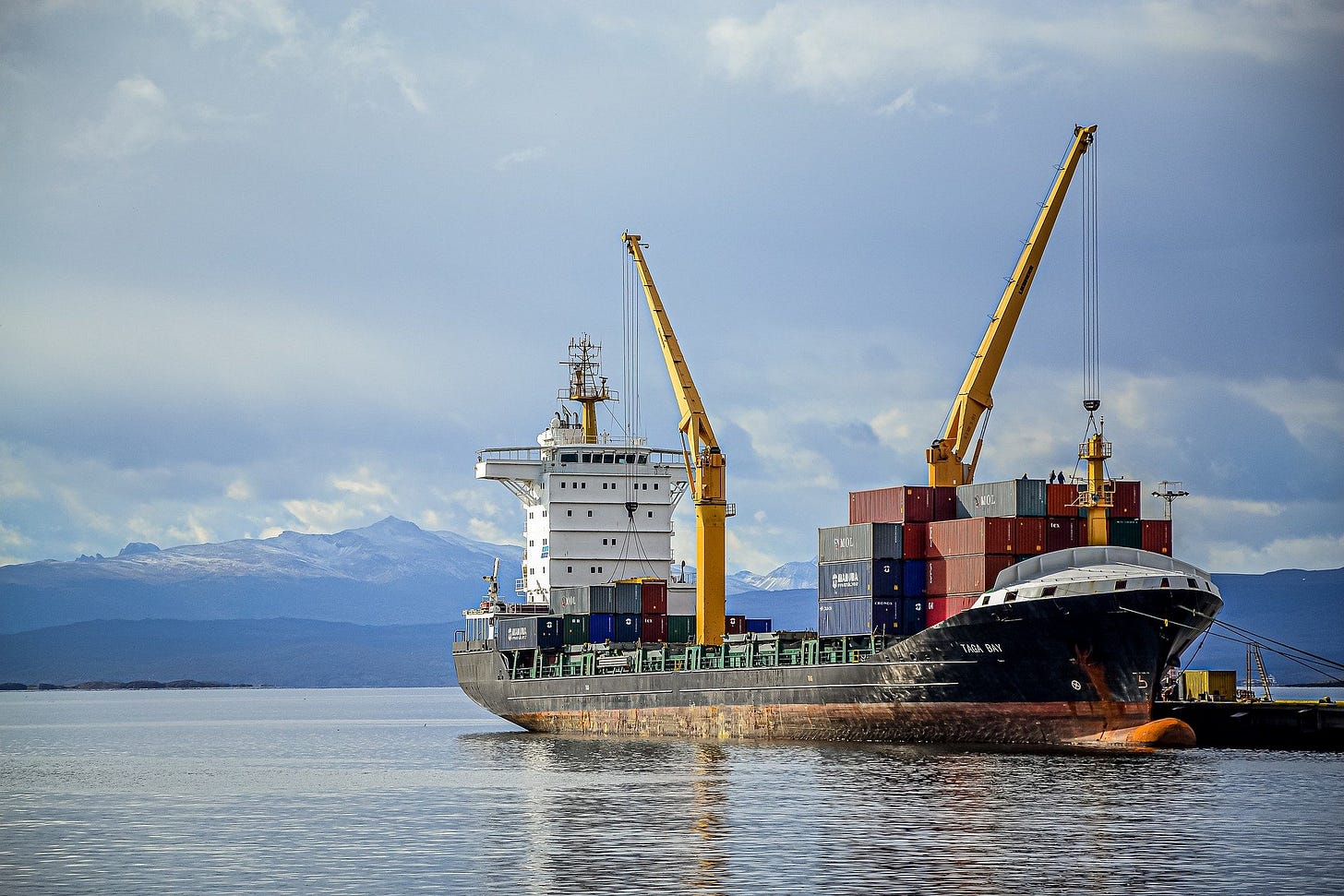Baltic Dry Index (BDI) - it's meaning, how it works, interpretation, real life example
Let's understand one of the most dynamic Macro economic indicator Baltic Dry Index (BDI)
Investors are always looking for practical economic indicators they can use to help them make informed investing decisions. Peter Lynch, the famous manager of the Fidelity Magellan Fund, talked about looking for practical indicators in the world around you—like looking at what products your friends are buying or what stores always seem to be crowded. The Baltic Dry Index (BDI) is a practical economic indicator on a global scale.
What Is the Baltic Dry Index (BDI)?
The Baltic Dry Index (BDI) is a shipping and trade index created by the London-based Baltic Exchange. It measures changes in the cost of transporting various raw materials, such as coal and steel.
Members of the exchange directly contact shipping brokers to assess price levels for given shipping paths, a product to transport, and time to delivery or speed. The Baltic Dry Index is a composite of four sub-indices that measure different sizes of dry bulk carriers or merchant ships: Capesize, Panamax, Supramax, and Handysize.
How Baltic Dry Index (BDI) works ?
The Baltic Dry Index (BDI) is a measure of what it costs to ship raw materials—like iron ore, steel, cement, coal and so on—around the world. The Baltic Dry Index is compiled daily by The Baltic Exchange. To compile the index, members of the Baltic Exchange call dry bulk shippers around the world to see what their prices are for 22 different shipping routes around the globe. Once they have obtained these numbers, they compile them and find an average. To ensure they are getting a comprehensive view of the entire shipping industry when looking at various shipping costs, the Baltic Exchange looks at costs for each of the following four sizes of ships:
– Capemax (10 percent of the global fleet): ships that can carry 100,000+ dead weight tons of cargo and are too big to pass through the Panama Canal
– Panamax (19 percent of the global fleet): ships that can carry 60,000-80,000 dead weight tons of cargo and can barely fit through the Panama Canal
– Handymax, or Supramax (37 percent of the global fleet): ships that can carry 45,000-59,000 dead weight tons of cargo
– Handysize (34 percent of the global fleet): ships that can carry 15,000-35,000 dead weight tons of cargo.
Interpreting the Baltic Dry Index
The Baltic Dry Index typically increases in value as demand for commodities and raw goods increases and decreases in value as demand for commodities and raw goods decreases.
Here’s what it typically means when the Baltic Dry Index turns around and starts moving UP:
Global economies are starting to, or continuing to, grow
Companies are starting to, or continuing to, grow
Stock prices should start to, or continue to, increase in value
Commodity prices should start to, or continue to, increase in value
The value of commodity currencies—like the Canadian dollar (CAD), the Australian dollar (AUD) and the New Zealand dollar (NZD)—should start to, or continue to, increase in value
Here’s what it typically means when the Baltic Dry Index turns around and starts moving DOWN:
Global economies are starting to, or continuing to, contract
Companies are starting to, or continuing to, contract
Stock prices should start to, or continue to, decrease in value
Commodity prices should start to, or continue to, decrease in value
The value of commodity currencies—like the Canadian dollar (CAD), the Australian dollar (AUD) and the New Zealand dollar (NZD)—should start to, or continue to, decrease in value.
Real life example
The BDI predicted the 2008 recession in some measure when prices experienced a sharp drop. In one striking example of the insight that can come from the index, analysts could observe that between September 2019 and January 2020, the Baltic Dry Index (BDI) fell by more than 70%, a strong indication of economic contraction.3 This occurred directly ahead of the outbreak of the COVID-19 pandemic. Then, into 2021, the BDI rose dramatically as the pandemic led to snarls and delays in global shipping.
Bottomline
The Baltic Dry Index (BDI) is an index of average prices paid for the transport of dry bulk materials across more than 20 routes.
The BDI is often viewed as a leading indicator of economic activity because changes in the index reflect supply and demand for important materials used in manufacturing.
The index can experience high levels of volatility because the supply of large carriers tends to be small with long lead times and high production costs.







